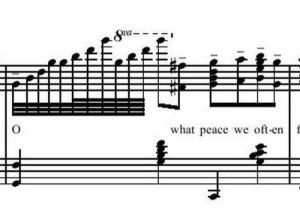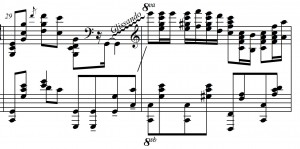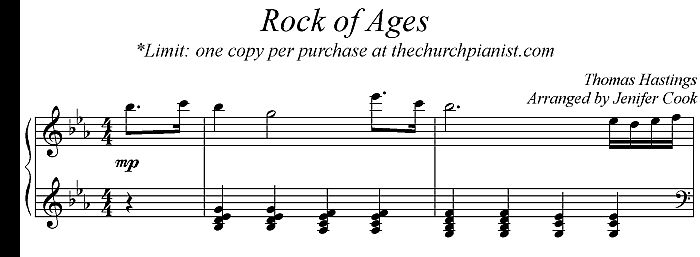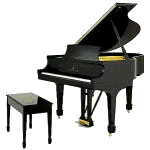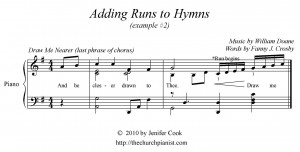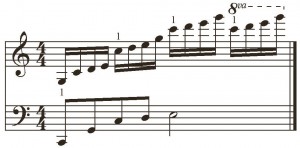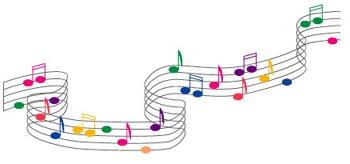How to Play Fast Arpeggios
Wednesday, August 15th, 2012An arpeggio is a broken chord. I like to use fast arpeggios in my hymn arrangements. So…how do I determine where to place a fast broken arpeggio? Anywhere a word can be stretched (broadened) or held if you were singing the hymn.
One of my free piano hymn arrangements entitled “What a Friend We Have in Jesus” contains a fast arpeggio on the second page. (Shown below)
This fast arpeggio consists of 12 notes. If you look closely, you’ll notice that I played 3 groups of one-octave arpeggios within the 12 note passage. Each group has four notes beginning and ending with note “G”.
I’m basically using a g minor one-octave arpeggio made up of the notes: G-Bflat-D-G
How to finger this? Use right hand thumb (of course) to start each group. For each group use the following fingering: 1 2 3 5
To properly blend this run into the arrangement…emphasize the right thumb at the beginning of the first group only; allowing the hand to relax and glide across the fast arpeggios in an even rhythmic flow. How to do this? Practice s-l-o-w 🙂
Careful not to play SO fast that it sounds “thrown in” …causing an interruption in the flow of thought.
Slow Motion Demo
